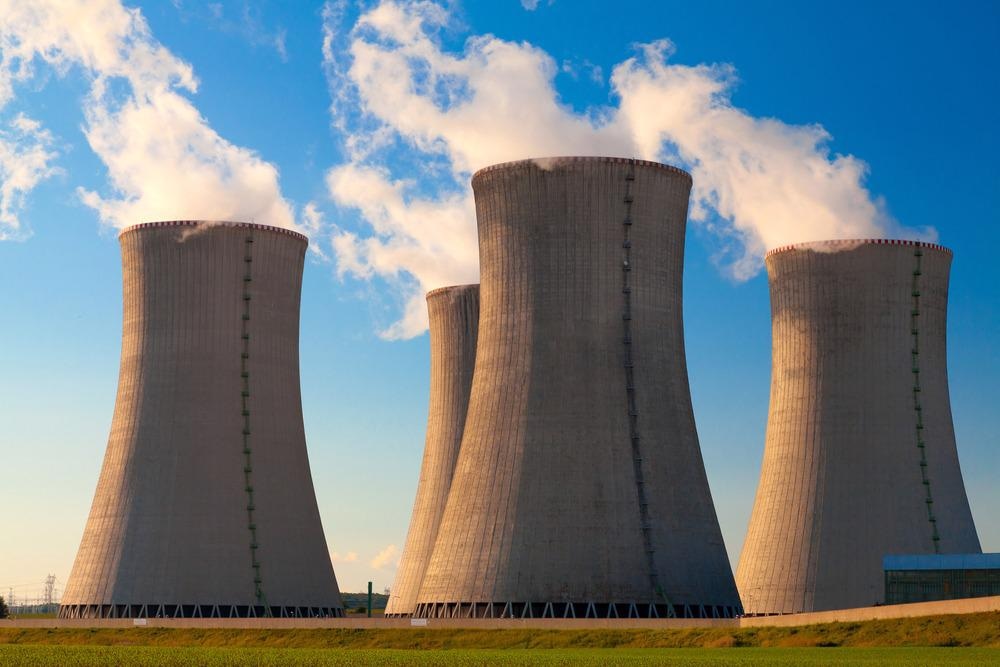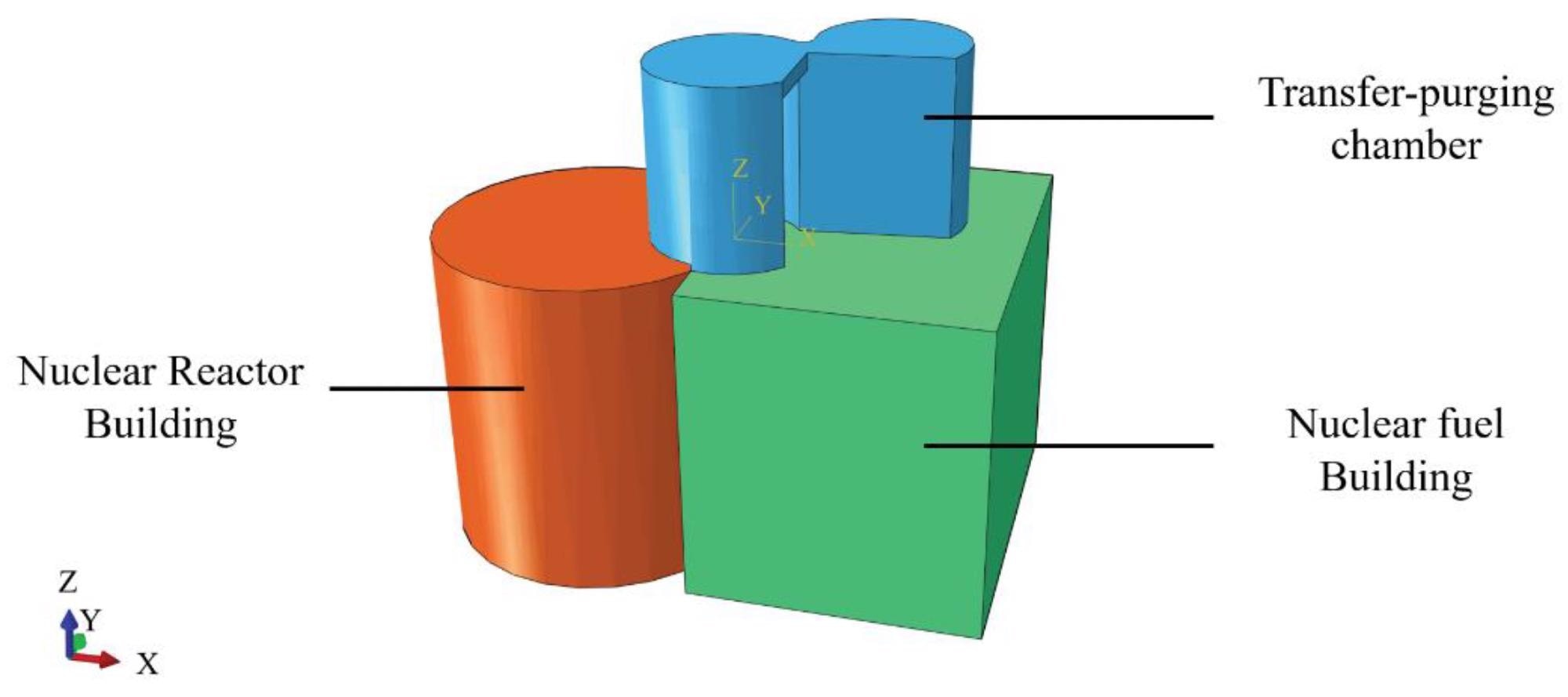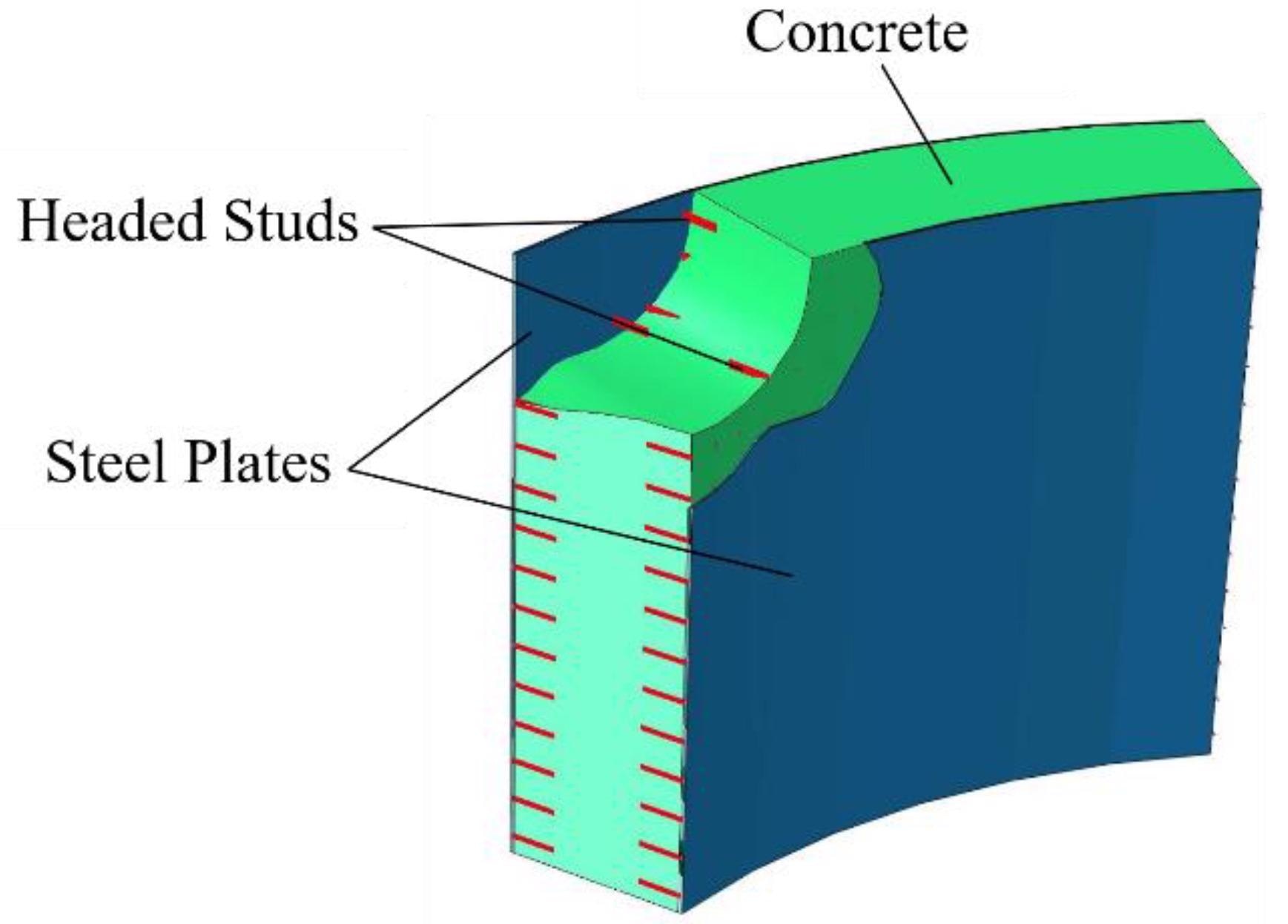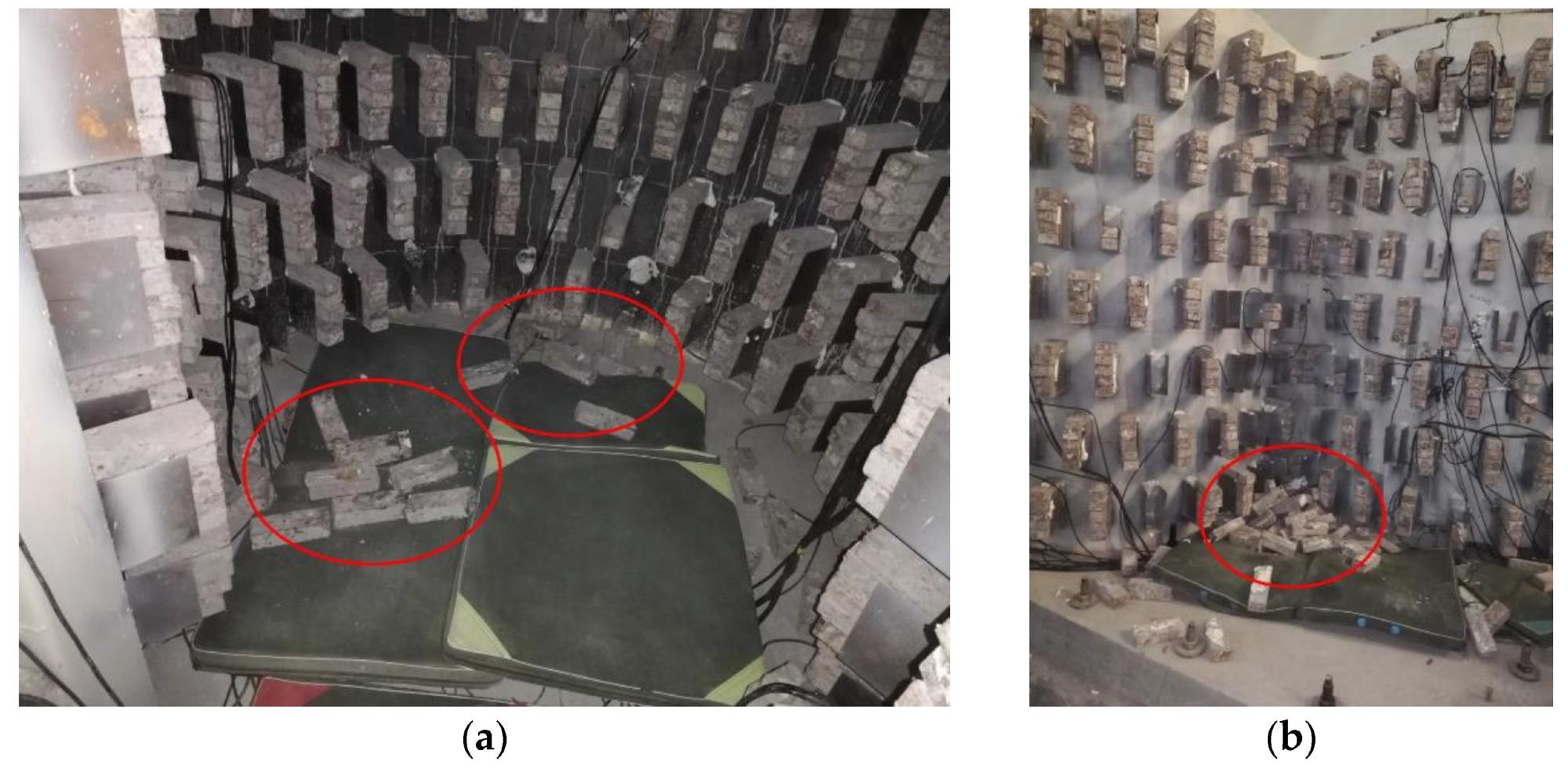In a recent paper published in the journal Materials, researchers from China conducted a shaking table test to examine the seismic and dynamic performance of the transfer-purge chamber in a nuclear island structure.

Study: Shaking Table Test of a Transfer-Purge Chamber in Nuclear Island Structure. Image Credit: Martin Lisner/Shutterstock.com
Transfer-Purge Chamber of a Nuclear Power Plant
The steel plate reinforced concrete (SC) structure is a composite structure made up of inner concrete, steel plates, and connectors and is mainly used in nuclear power engineering. The concrete in the SC structure undertakes the axial pressure, prevents out-of-plane instability of the steel plates in double steel plate reinforced concrete shear walls (SCSW), and provides complete support to the steel plates' ductility, bearing, and energy dissipation capacity.
At the same time, the steel plate in the SC structure has a restricting effect on concrete, which prevents the concrete from crushing and the steel plate from buckling. The properties of SCSW, such as high initial rigidity, ductility, energy dissipation capacity, and seismic resistance, effectively reduce the structure's displacement and deformation under loads.

Overall schematic diagram of a nuclear island structure. Image Credit: Liu, X et al., Materials
The transfer-purge chamber is a critical component of a nuclear power plant structure built using an SC structure, and it is made up of two incomplete cylindrical structures: a transfer chamber and a purging chamber. Due to specific characteristics such as irregular sections, large curvatures, heavy inner concrete, large overhangs, the structural analysis of the transfer-purge chamber's dynamic characteristics and the seismic performance is complex.
In the present study, researchers designed and built a 1:4.5 scale model of the transfer-purge chamber and conducted shaking table tests to investigate its dynamic characteristics and seismic performance. The findings of this study can be used in determining the seismic characteristics of SC structures and guiding the structural design process of next-generation nuclear power plants.
Shaking Table Design
In the present study, the prototype used by researchers for the shaking table test is similar to the transfer-purge chamber in a nuclear island structure. In addition to this, the sensors used in shaking table tests included a piezoelectric accelerometer, a strain rosette, an embedded concrete strain gauge, and a strain gauge.
The scale models' similarity ratios of the transfer-purge chamber were derived from the artificial mass model based on the Buckingham π theorem. The materials' geometric length, peak ground acceleration, and elastic modulus were chosen as independent fundamental quantities for the similarity design.
The scale model was subjected to three horizontal and vertical ground motions to examine its structural reliability and seismic performance. To evaluate the dynamic characteristics of the transfer-purge chamber, such as ground motion, the researchers analyzed the structure's acceleration and strain responses.

Schematic diagram of double steel plates reinforced concrete wall. Image Credit: Liu, X et al., Materials
Results
In the tests conducted by the researchers, the maximum peak ground acceleration (PGA) value was 0.60. The scale model structure of the transfer-purge chamber remained intact under the ground motions with no obvious deformation or damage. However, microlesions developed in the transfer-purge chamber's joint with the base.
Regarding the natural frequencies (NFs), it was observed that the NFs of the transfer-purge chamber scale model exceeded 90% of the initial values, which indicates that the transfer-purge chamber model structure had a minor decrease in stiffness and microlesion.
The acceleration response (AR) of transfer-purge chambers AR was not high during the earthquake and gradually increased with the height of the transfer-purge chamber. Moreover, the chamber's peak acceleration amplification factors had no relationship with the PGA of the input ground motions.
Peak strains in the transfer-purge chamber's concrete and steel plate were minor under the excitation of large earthquakes and far below the material's yield strength.

The counterweights fell off: (a) inside the transfer chamber; (b) external to the transfer-purge chamber. Image Credit: Liu, X et al., Materials
Conclusions
The current study shows that the transfer-purge chamber has high stiffness and short seismic ground motion response, and it increases marginally as the intensity of seismic waves increases.
Additionally, the steel plate was securely fastened to the concrete during the present study. Furthermore, the steel plate and concrete complement each other. Under seismic excitation, the transfer-purge chamber's overhang was strong and stiff enough to prevent its structure from being seriously damaged.
Moreover, the dynamic response of the transfer-purge chamber is minimal when ground motions are excited. The researchers also observed no visible deformation, no concrete cracking, or steel plate buckling in the transfer-purge chamber.
The current study also shows that the design of the transfer-purge chamber is conservative in terms of structural safety. Moreover, under the condition of meeting the requirements of shielding radiation performance, it is suggested by the researchers that the design strength of the transfer-purge chamber be appropriately reduced. Hence, the transfer-purge chamber has excellent seismic performance and is sufficiently safe and reliable from a structural standpoint.
Disclaimer: The views expressed here are those of the author expressed in their private capacity and do not necessarily represent the views of AZoM.com Limited T/A AZoNetwork the owner and operator of this website. This disclaimer forms part of the Terms and conditions of use of this website.
Sources:
Liu, X.; Li, X.; Wang, X.; Wang, N.; Li, Z. Shaking Table Test of a Transfer-Purge Chamber in Nuclear Island Structure. Materials 2022, 15, 766.
https://www.mdpi.com/1996-1944/15/3/766